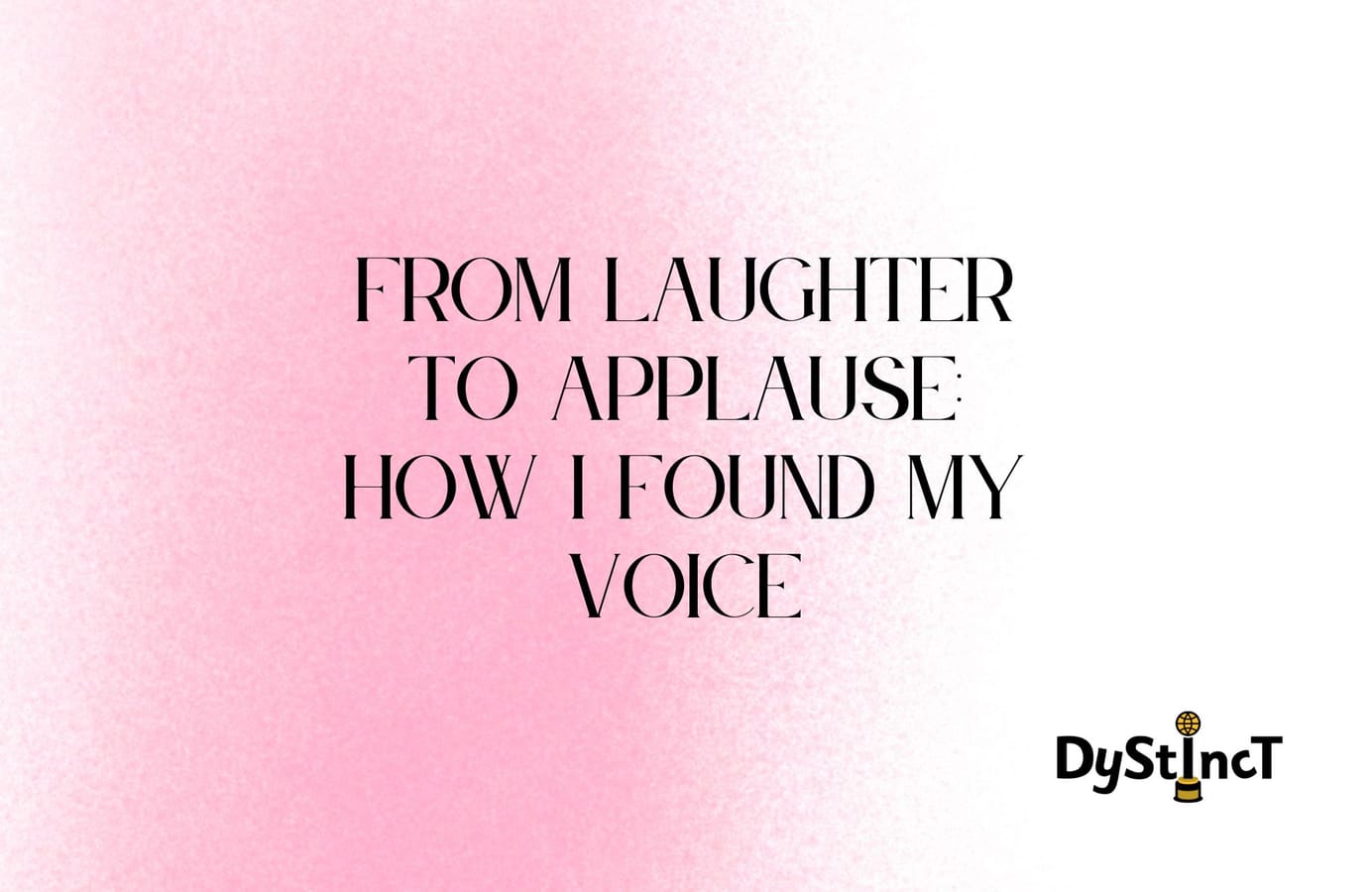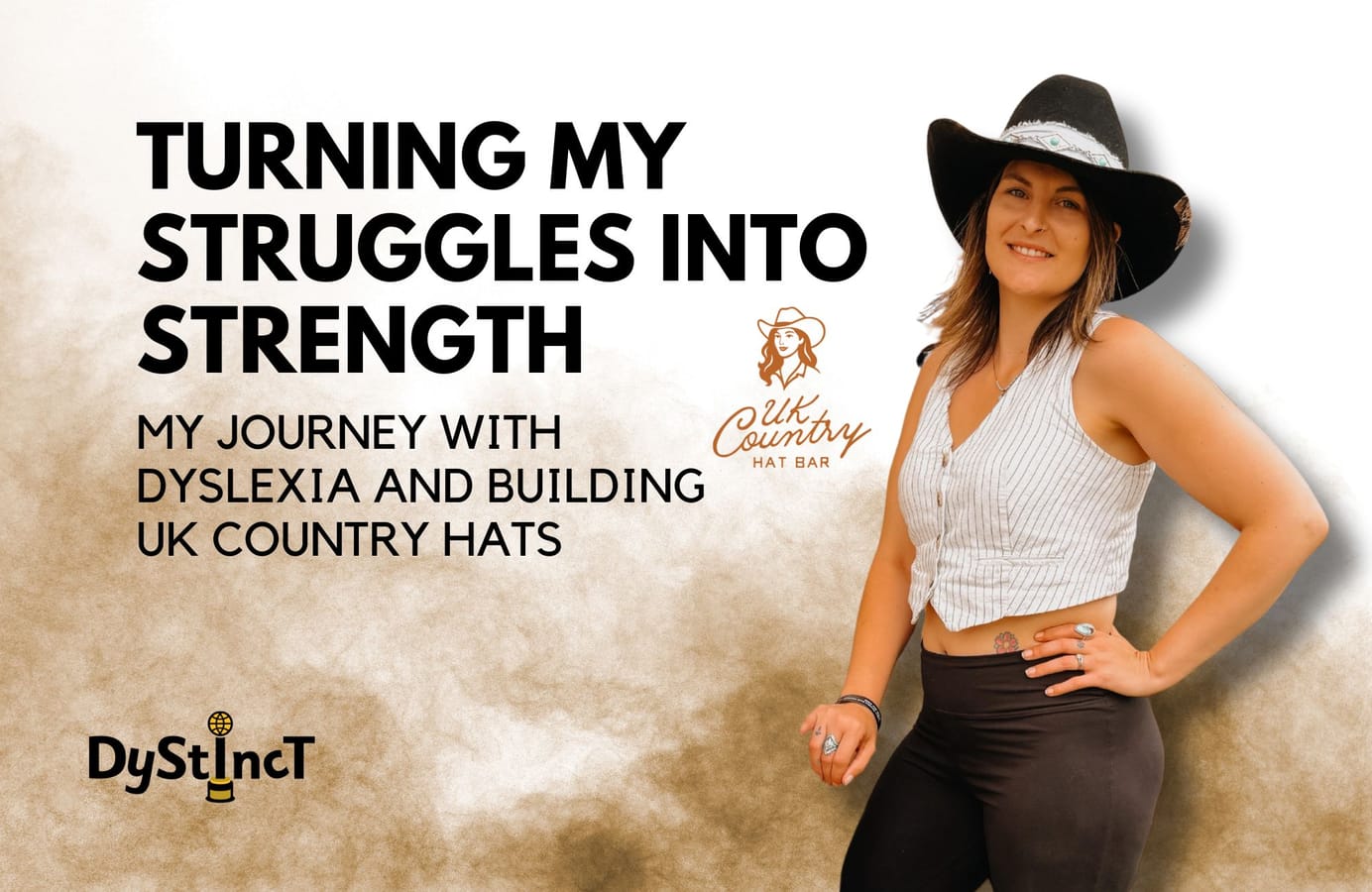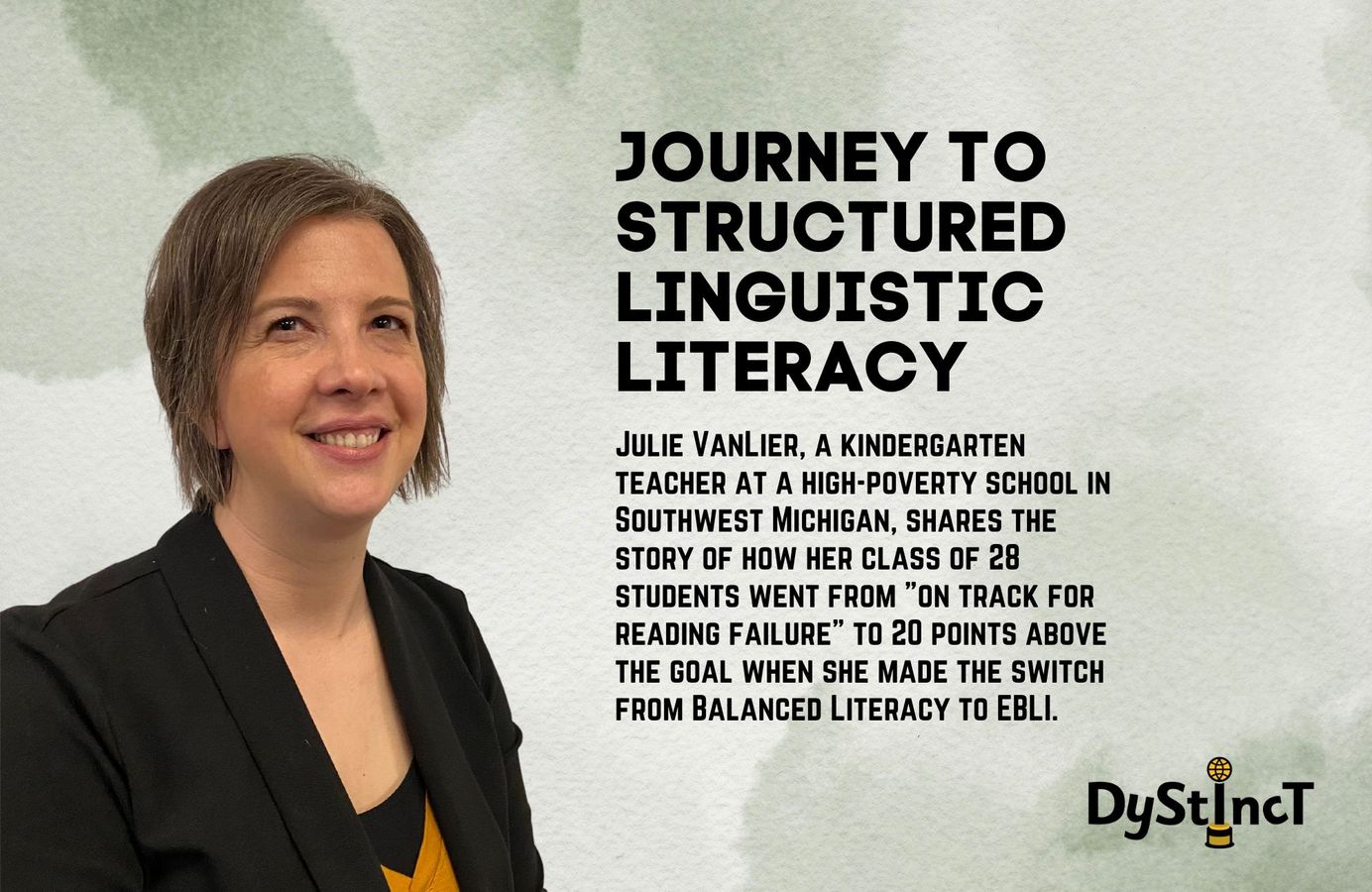
Issue 13: Journey to Structured Linguistic Literacy | Julie VanLier
Julie VanLier, a kindergarten teacher at a high-poverty school in Southwest Michigan, shares the story of how her class of 28 students went from "on track for reading failure" to 20 points above the goal when she made the switch from Balanced Literacy to EBLI.
At the end of last school year (spring 2022), as measured by Acadience, a criterion-referenced test of early literacy skills, 100% of my kindergarteners scored at or above benchmark on Phoneme Segmentation Fluency (PSF). Eighty-eight percent of my students scored at or above benchmark on Nonsense Word Fluency - Correct Letter Sounds (NWF – CLS). Their average composite score was 139 points – 20 points above the goal of 119.
Before you assume that I lucked out by getting a "gifted class," you should know that I teach in a high-poverty school in a classroom of 28 students, with para help for about one hour each day. Many of our parents have a high school diploma or GED equivalent. Prior to COVID, 76% of our students qualified for free or reduced lunch. Typically, at the beginning of kindergarten, most of my kiddos cannot properly hold a writing utensil and cannot write their names. If you were to ask them what sounds their mouths say for letter pictures, they would look at you as if you had grown an extra head!
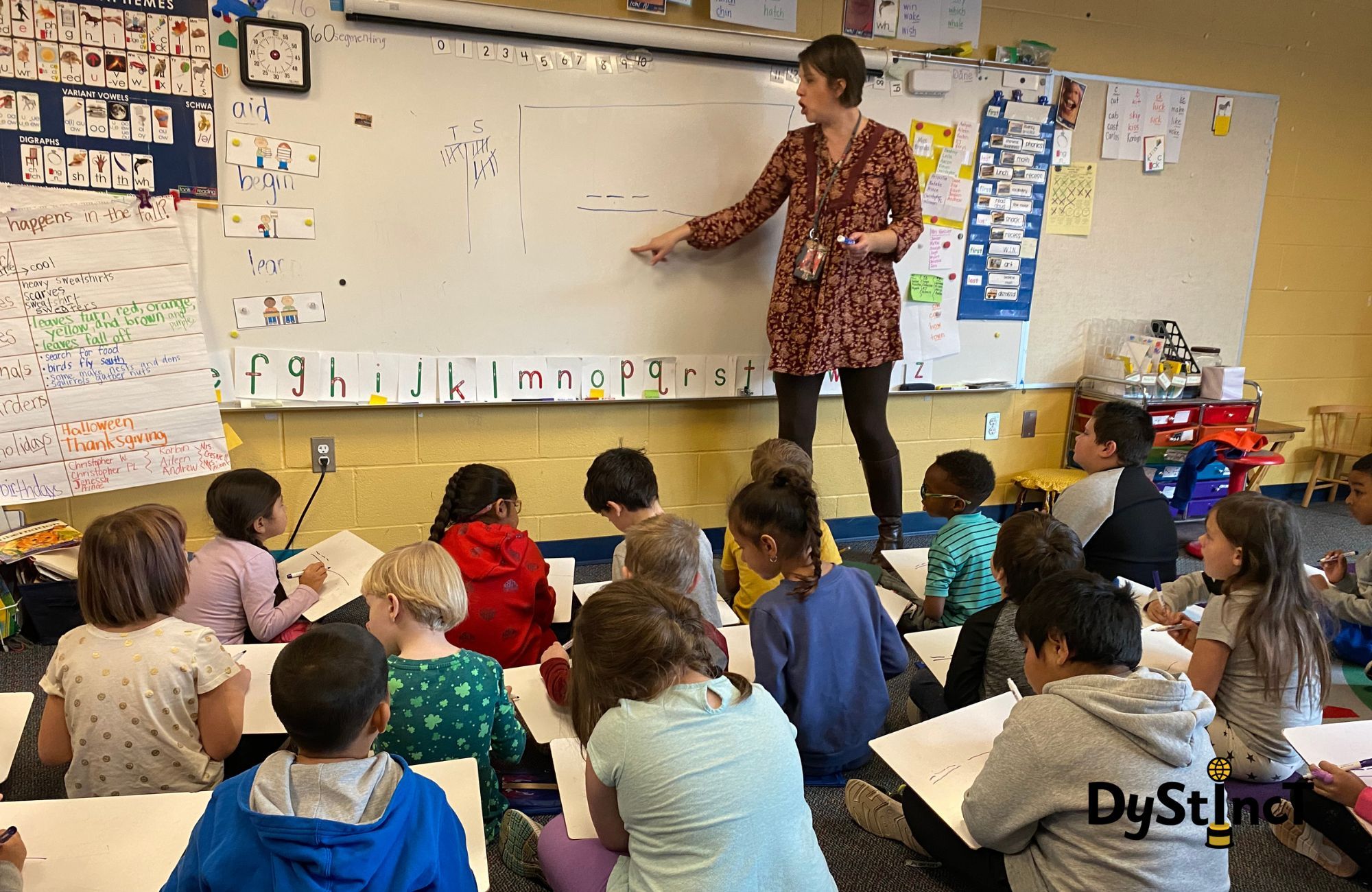
Going back nine months to the fall of kindergarten last year (2021), my Acadience scores showed that the majority of my students were on track for reading failure. For First Sound Fluency (FSF), 58% of my kiddos scored below or well below benchmark. Their average composite score was 24 points – two points below the beginning of year goal. Compare their beginning of year scores to their end of year scores. It was not that I lucked out with a "gifted class." Rather, I had stopped using Balanced Literacy and switched to EBLI (Evidence Based Literacy Instruction), an explicit and systematic curriculum that taught my kiddos to crack the reading code. Those 28 students won the proverbial reading lottery - by getting a teacher who refused to teach a reading curriculum that knowingly keeps kids illiterate.
To all the teachers, administrators, and policymakers who are blaming COVID for poor reading test scores, I have two words for you: COVID-SCHMOVID. COVID is not the reason that kids (and adults) struggle with reading. In fact, my highest reading scores have been post-COVID. Let me say that again. My highest reading scores have been post-COVID. (Prior to COVID, my students' Acadience scores for Nonsense Word Fluency - Correct Letter Sounds averaged about 60% of kids at or above benchmark at the end of the year.)
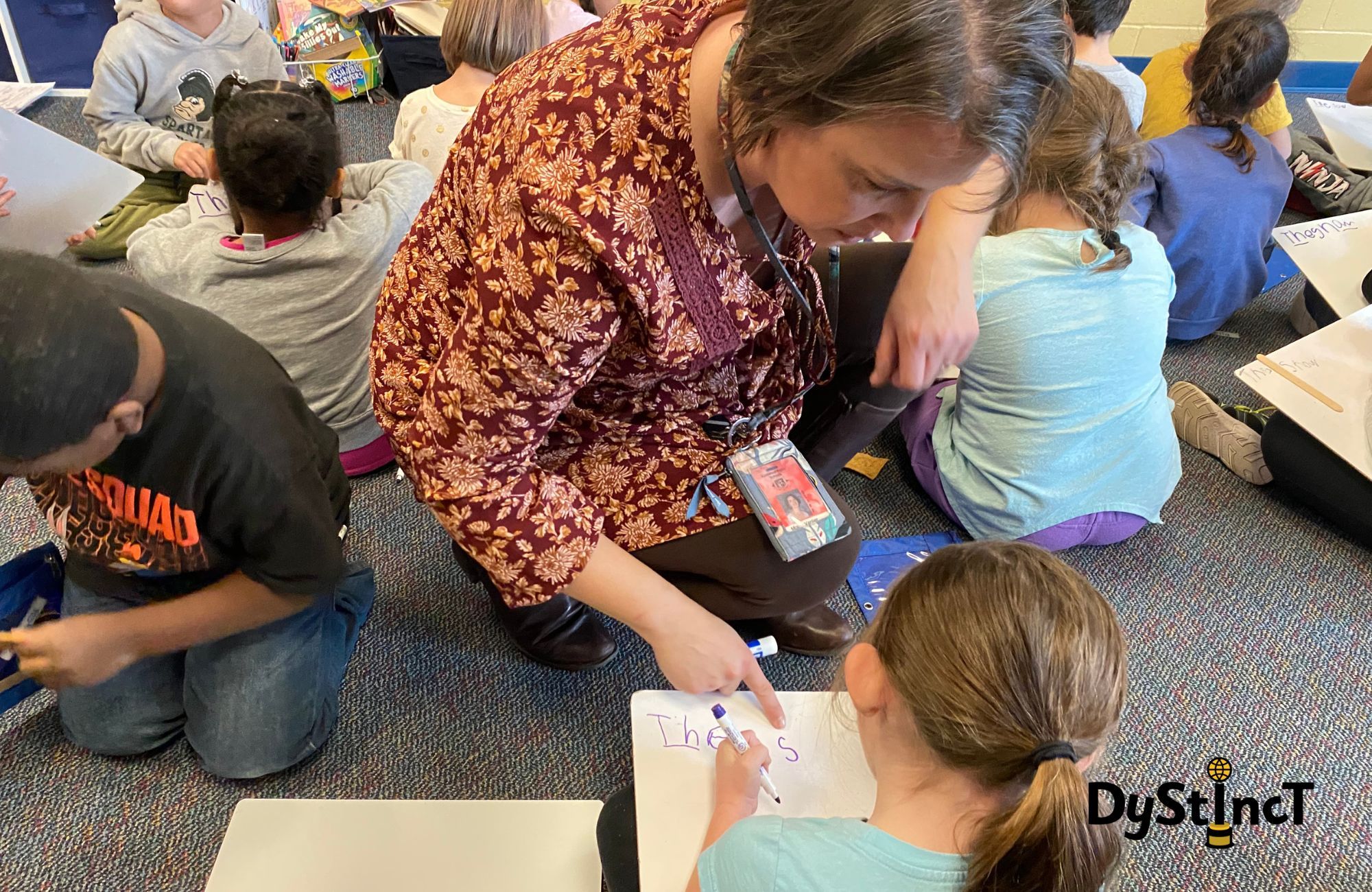
Kids (and adults) are subliterate readers because of the philosophies and curriculums we use to teach reading. Since the 1960s, teachers have falsely believed that kids learn to read the way they learn to speak – by being immersed in it. At first, this approach was called Whole Language, and then when phonics was haphazardly thrown in, it was renamed Balanced Literacy. I have been teaching in lower elementary for 22 years and have taught using both Whole Language and Balanced Literacy.
Prior to switching to EBLI, which is a Structured Linguistic Literacy approach to teaching reading, I was the self-proclaimed Queen of balanced literacy:
- Cozy reading nook . . . yep. ☑️
- Objects labeled around the room for kids to read . . . yep.☑️
- Cool pointing sticks to use for each month of the year . . . check.☑️
- Predictable charts . . . every week.☑️
- Class-made books highlighting a specific sight word . . . yep.☑️
- YouTube songs to teach letter sounds; flash cards . . . check; check.☑️
- Worksheets from Teachers Pay Teachers . . . yep.☑️
- Levelled books . . . of course!☑️
When students still could not read at the end of the year, I blamed them, their parents, their home lives... anyone but the real culprit: me and the curriculum I used!
This post is for paying subscribers only
SubscribeAlready have an account? Log in

